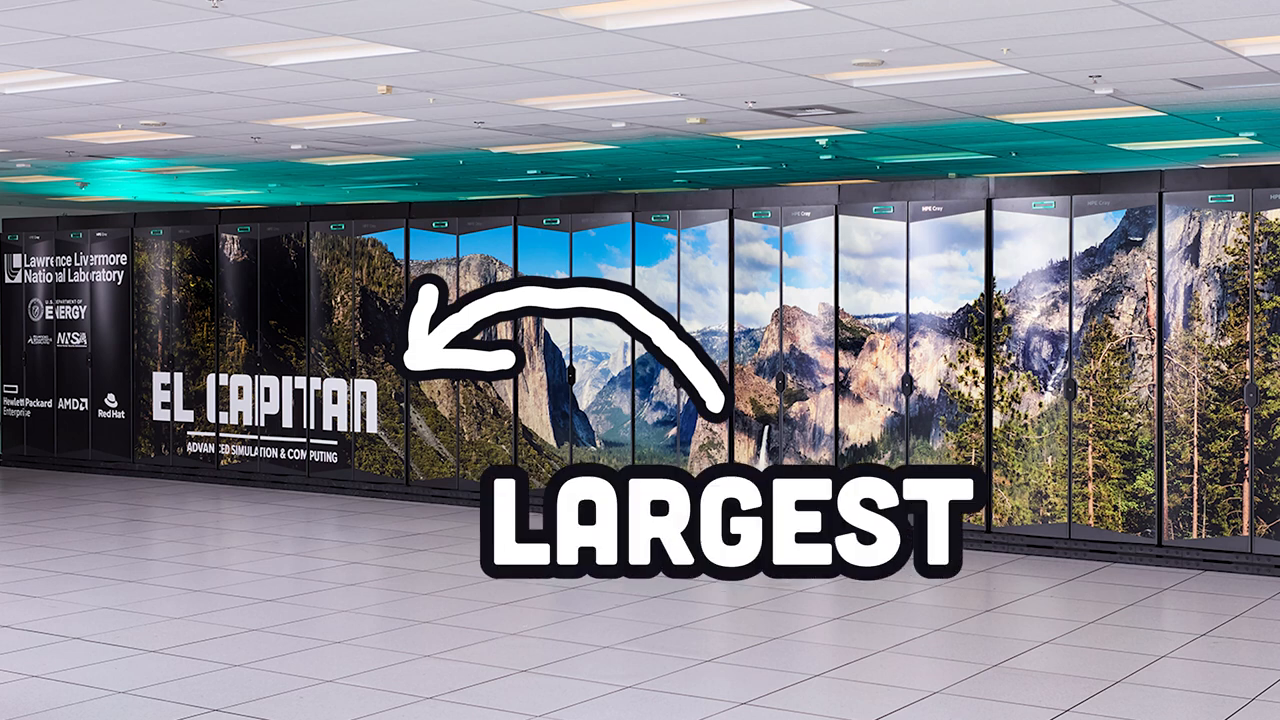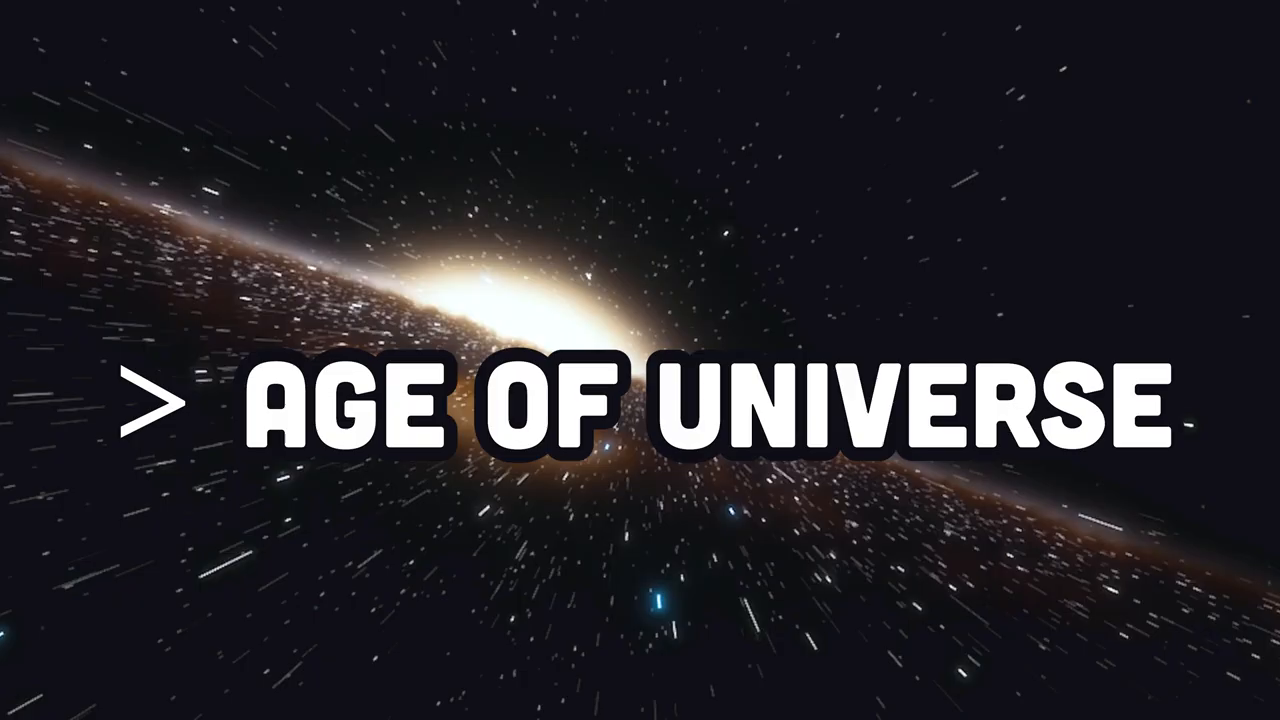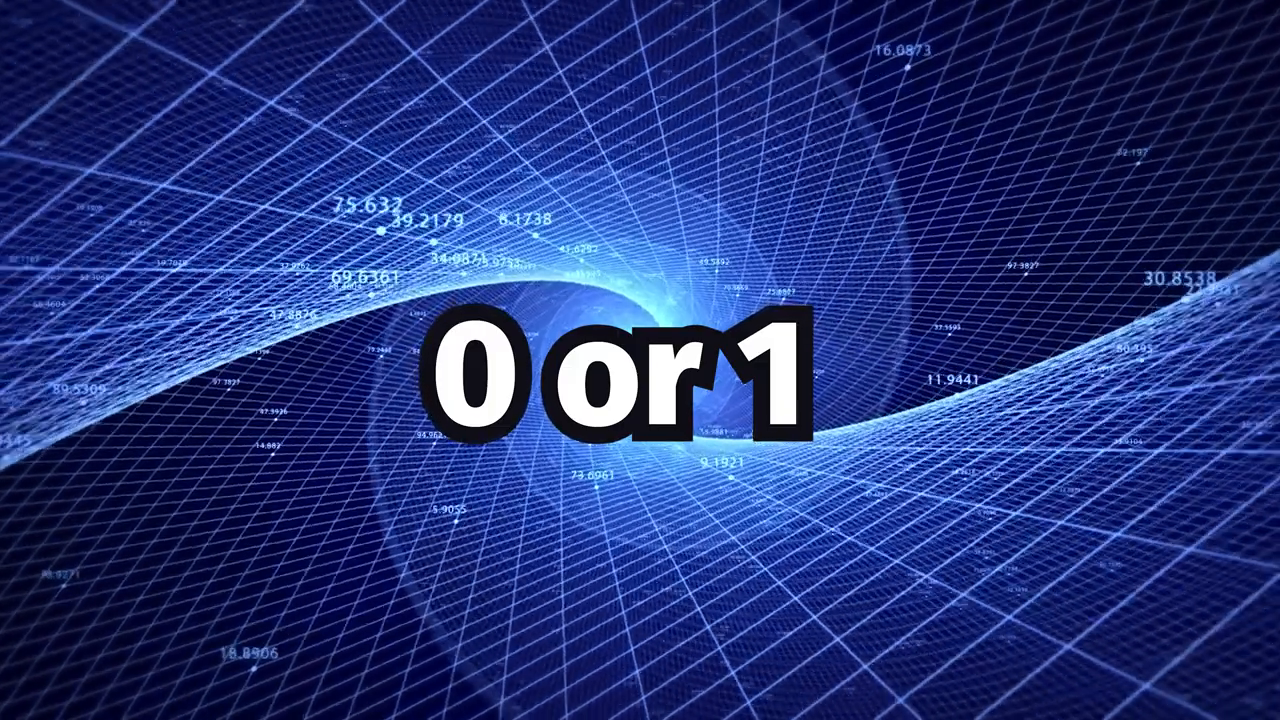Introduction to Google's Quantum Computing Chip Willow
Google has recently unveiled a new quantum computing chip called Willow, which has the potential to solve certain problems significantly faster than classical computers. In this article, we will delve into the basics of quantum computing, how it works, and what this new technology means for the future.
The Power of Quantum Computing

Introduction to Quantum Computing - Understanding the Basics
To put the power of quantum computing into perspective, consider the world's largest supercomputer, El Capitan, which has over 1 million CPU cores and 10 million GPU cores. However, Google's Willow chip, which can fit in the palm of your hand, can solve certain problems septillion times faster than El Capitan. This is a staggering difference in processing power, and it has significant implications for various fields, including cryptography and optimization problems.
How Quantum Computing Works

Understanding the Basics of Quantum Computing
Classical computers rely on bits, which are binary zeros and ones, to process information. In contrast, quantum computers use quantum bits or qubits, which can represent multiple states simultaneously. This property, known as superposition, allows qubits to process a vast amount of information in parallel. Additionally, qubits can become entangled, meaning that the state of one qubit is directly related to the state of another, even if they are physically far apart.
The Potential Impact of Quantum Computing

Exploring the Potential Impact of Quantum Computing
On one hand, quantum computing could lead to significant breakthroughs in fields like medicine, finance, and climate modeling. It could also enable the creation of unbreakable encryption algorithms, secure communication networks, and optimize complex systems. On the other hand, quantum computing poses an existential threat to humanity, as it could potentially break current encryption algorithms, compromising sensitive information and communication networks.
The Challenges of Quantum Computing

Understanding the Challenges of Quantum Computing
Despite the potential of quantum computing, there are significant challenges to overcome. Qubits are extremely delicate and prone to errors, requiring sophisticated error-correction techniques to maintain their state. Additionally, qubits need to be cooled to near absolute zero to function, making them difficult to scale up. Google's Willow chip has made significant progress in addressing these challenges, but more research is needed to overcome the technical hurdles.
Conclusion
In conclusion, Google's Willow chip is a significant breakthrough in quantum computing, with the potential to solve complex problems exponentially faster than classical computers. However, the technology is still in its early stages, and significant challenges need to be overcome before it can be widely adopted. As researchers continue to advance the field of quantum computing, it is essential to stay informed and adapt to the changing landscape. By understanding the basics of quantum computing and its potential impact, we can harness its power to drive innovation and progress in various fields.
